Patricia Urquiola and Federica Sala shine light on Achille Castiglioni’s legendary design career
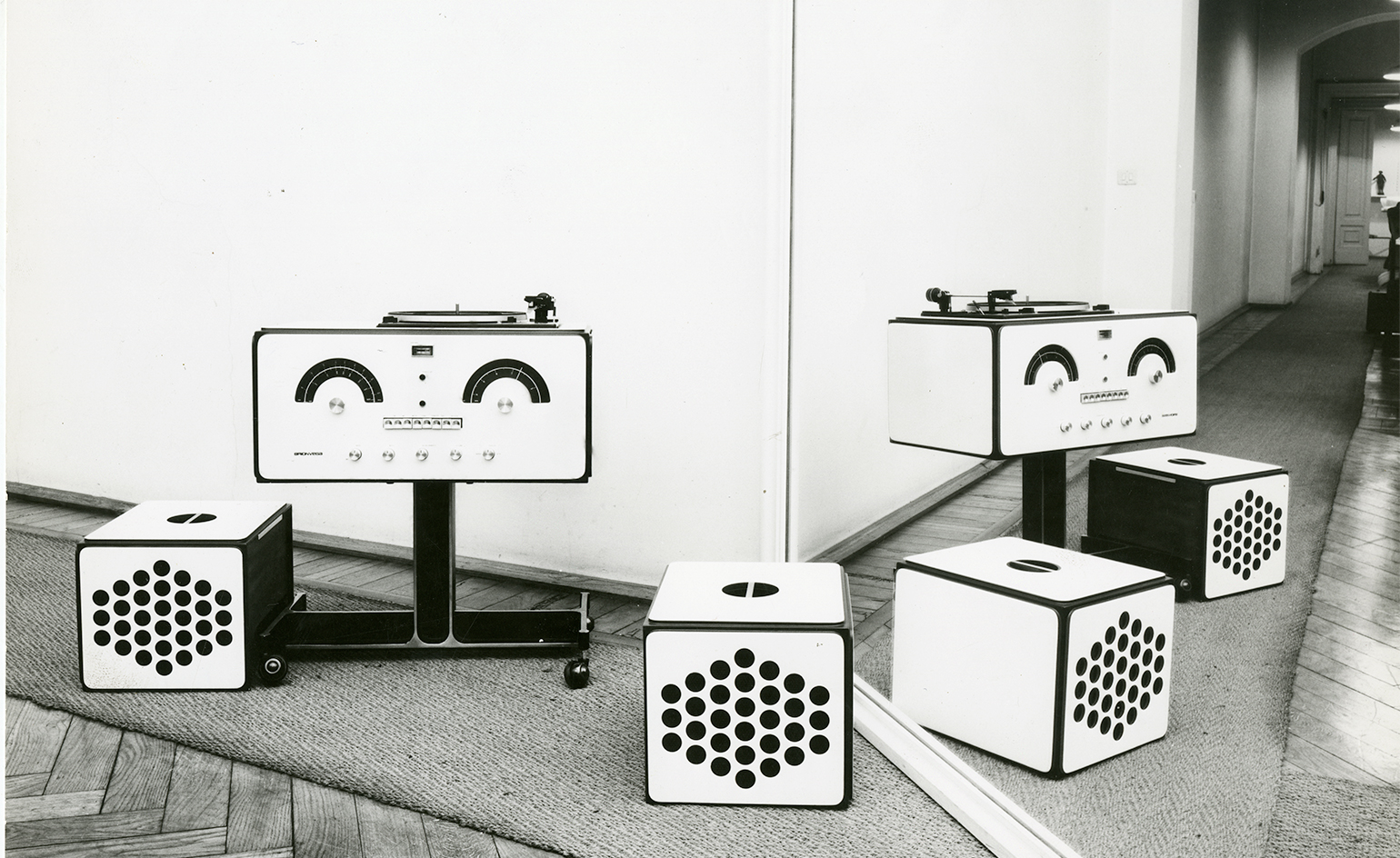
Milan’s Triennale Design Museum has been having a banner few years. First, with its blockbuster Ettore Sottsass exhibition in 2017, closely followed by the Osvaldo Borsani retrospective this spring. Now, they have turned their attention to another grandmaster of Milanese design, Achille Castiglioni, born 100 years ago this year. Curated by Patricia Urquiola, who served as his teaching assistant at Milan’s Politecnico University in the late 1980s, and Federica Sala, it charts the prolific designer’s output starting from the 1950s to his death in 2002.
For the exhibition, entitled ‘A Castiglioni’, Urquiola and Sala sifted through over 1500 objects and projects in preparation, eventually narrowing the show down to 230 pieces, each illustrated by drawings, plans, notes and correspondence sourced from the Castiglioni archive. ‘It’s really an incredible quantity of documentation,’ explains Sala, ‘the stories behind objects that, until now, you only ever knew from their form.’ Spanning two floors, the exhibition is organised into 20 separate ‘clusters’ — based on the networked nature of a rhizome or mindmap — that speak to various attributes that have come to define Castiglioni’s life and work. ‘A simple gallery set up would have never been his way of working,’ explains Urquiola of the sprawling show, ‘we want curiosity to move you through the exhibition’.
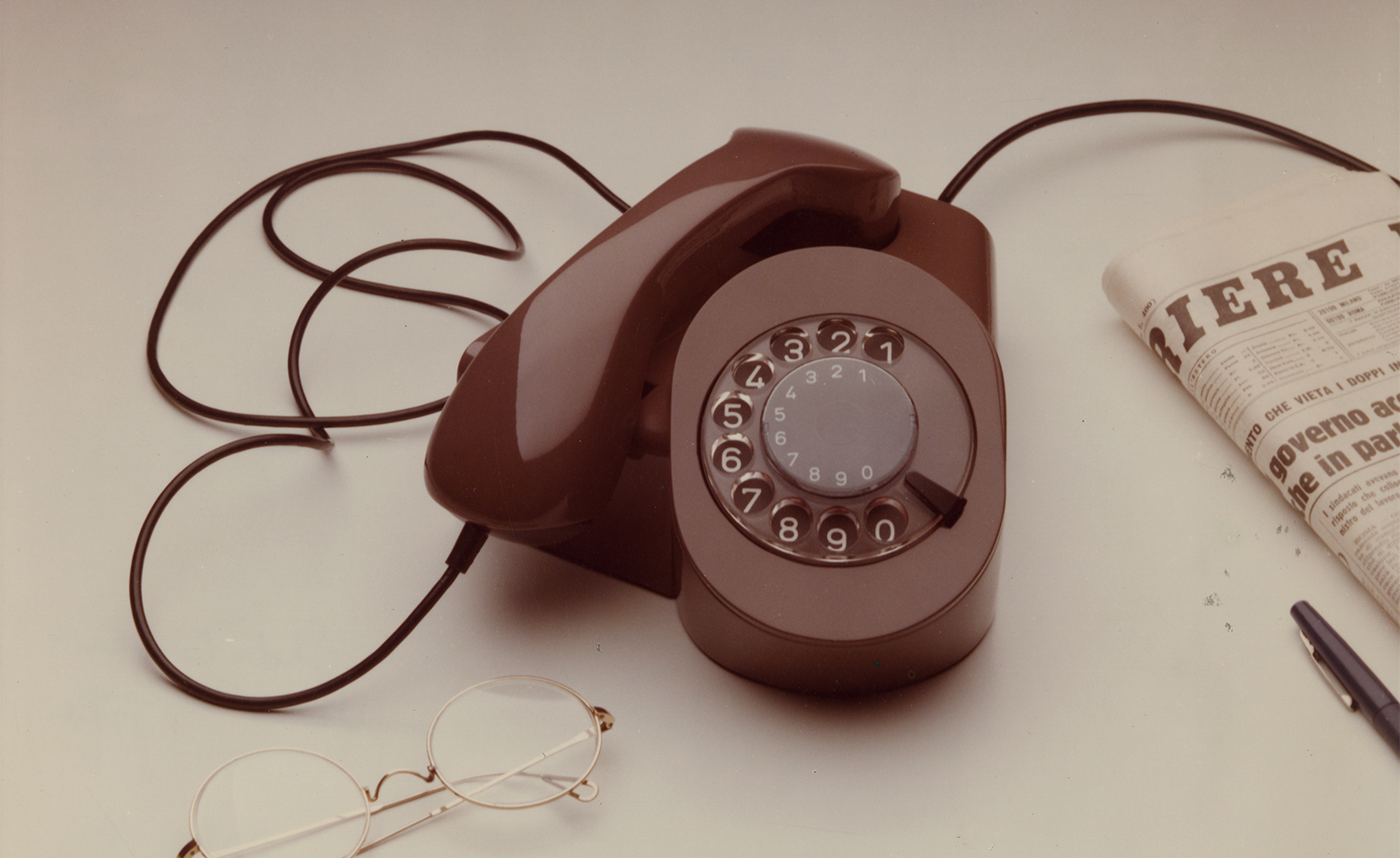
Telefono, 1977. Courtesy Fondazione Achille Castiglioni
Starting with the cluster ‘The Grand Milan’ — where visitors enter the exhibition by walking under an archway of his iconic and ubiquitous Arco lamps — Urquiola and Sala kick things off by paying tribute to the designer’s hometown. Indeed, Castiglioni’s studio on Piazza Castello, which today serves as an archive and museum, is no more than a short 500 metres away from the Triennale’s home Sempione park. A highlight of this opening section is a plan he dreamed up in the 1950s to circle the Triennale museum with a model railway looping across its facade.
The idea inspired the exhibition’s eventual layout, a circular plan that exits the buildings at one point and climbs an exterior staircase to the second level before looping back. ‘If we had more time to plan,’ jokes Sala, ‘I think Patricia could have convinced them to build the train.’
From there, the exhibition moves into more subjective realms. Other clusters include ‘Redesigning’, which charts Castiglioni’s experimentation in perfecting existing objects. For example, artists’ easels, which resulted in his Bramante and Leonardo tables. There is ‘Reiterating’, exploring his use of repetition as a tool in composition, specifically in his light installations for Flos. ‘Keep It Simple’, showing his tendency for reduction and ‘Ready Making’, a partnership with Sony, that allows for animated interaction with his ready-made pieces, like the Mezzadro and Sella chairs, which make use of tractor and bike seats, respectively.
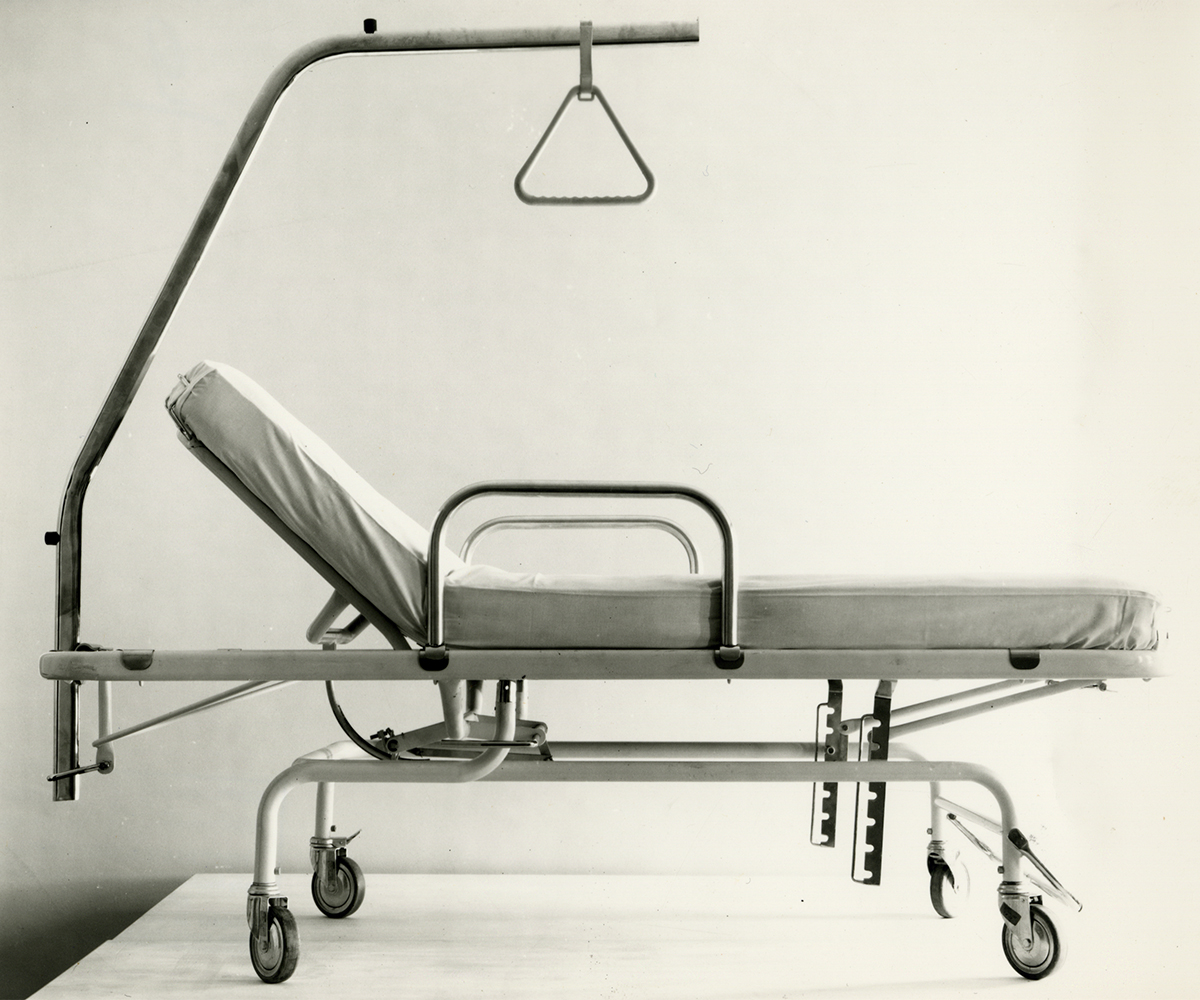
‘TR15 letto’ hospital bed, 1973. Courtesy Fortunati
Urquiola and Sala even get down to the nitty-gritty of Castiglioni’s habits; a cluster called ‘Smoke’ is dedicated to Castiglioni’s love of cigarettes, ever-present dangling from his fingertips, alongside his ashtray designs for Alessi. But the exhibition’s joyful climax comes right in the middle, where a darkened room is filled with 100 Flos Parentesi lights — one for every year since his birth, like candles on a cake — flashing on and off at random to a soundtrack of everyday objects and snippets of songs.
‘Nowadays design is so untouchable,’ explains Sala of the decision to keep the exhibition loose and fun, ‘there is this obsession about design: there are design chairs, design cakes, design whatever. But that wasn’t the spirit of Castiglioni. You have to touch and live with design. It’s something that is so close to you.’ Though the exhibition is explicitly joyous, it remains a rigorously researched archive show. Those looking for the deep cuts will not be disappointed: original versions of Sanluca, Babela, Hilly and Irma chairs, among others, are all on glorious display.
More than anything, though, the exhibition feels like a homecoming. A humanising and intimate portrayal of a man who has done so much to furnish the 20th-century’s homes and minds. Rather than presenting it as a linear retrospective of Castiglioni’s work, Urquiola and Sala have infused the show with the kind of playfulness and humour that those close to Castiglioni remember him best.
‘The thought he put in our mind from the first day of university,’ says Urquiola of his influence on her own work, ‘is that when you are designing, you are doing something for someone else. It’s alive when people are using it. You have to create empathy and curiosity, that’s it.’
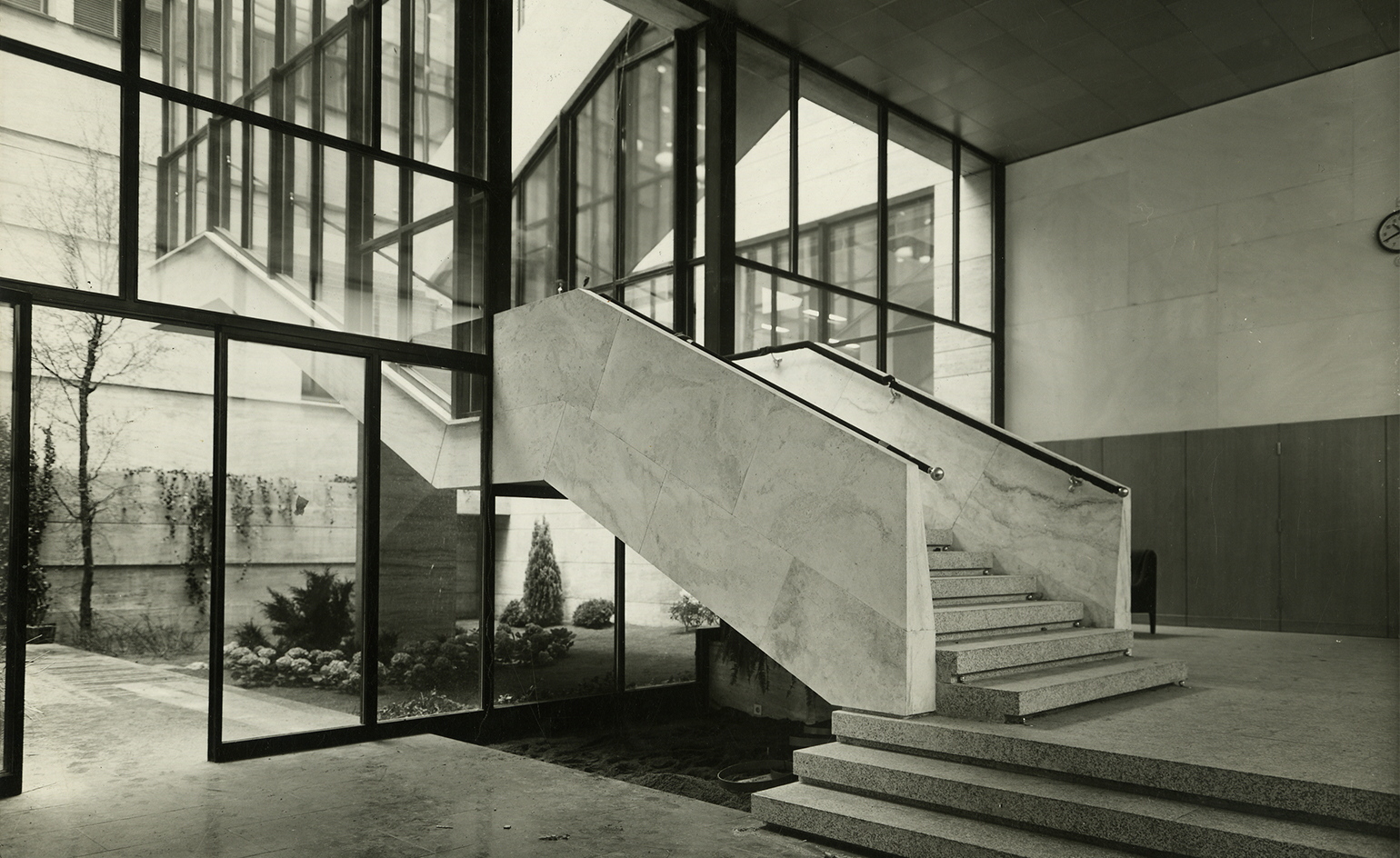
Camera di Commercio, industria e agricoltura, 1952/1958. Fondazione Achille Castiglioni
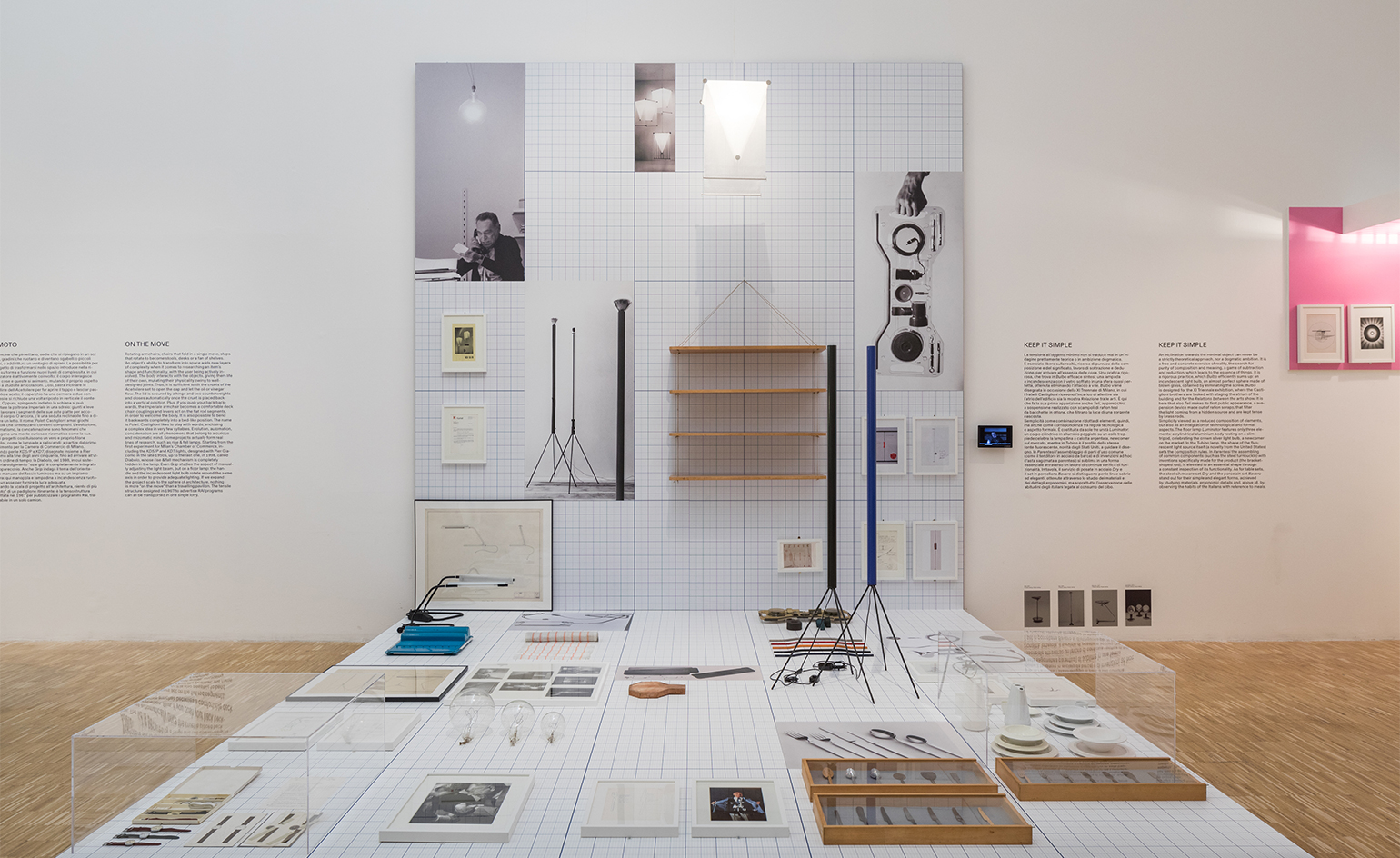
Installation view of A Castiglioni at Triennale Design Museum.
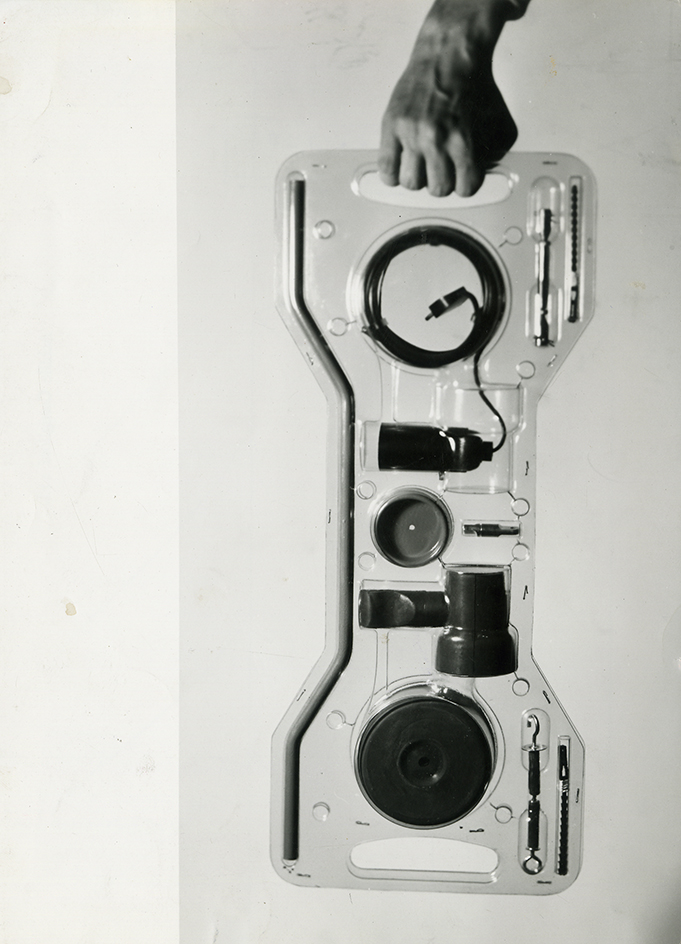
‘Parentesi’ lights, 1970. Fondazione Achille Castiglioni
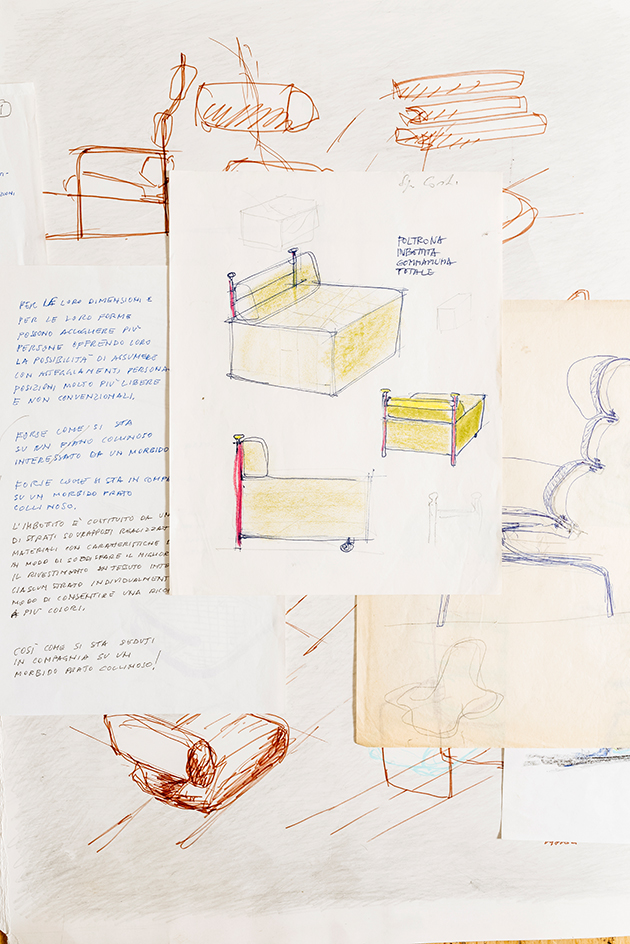
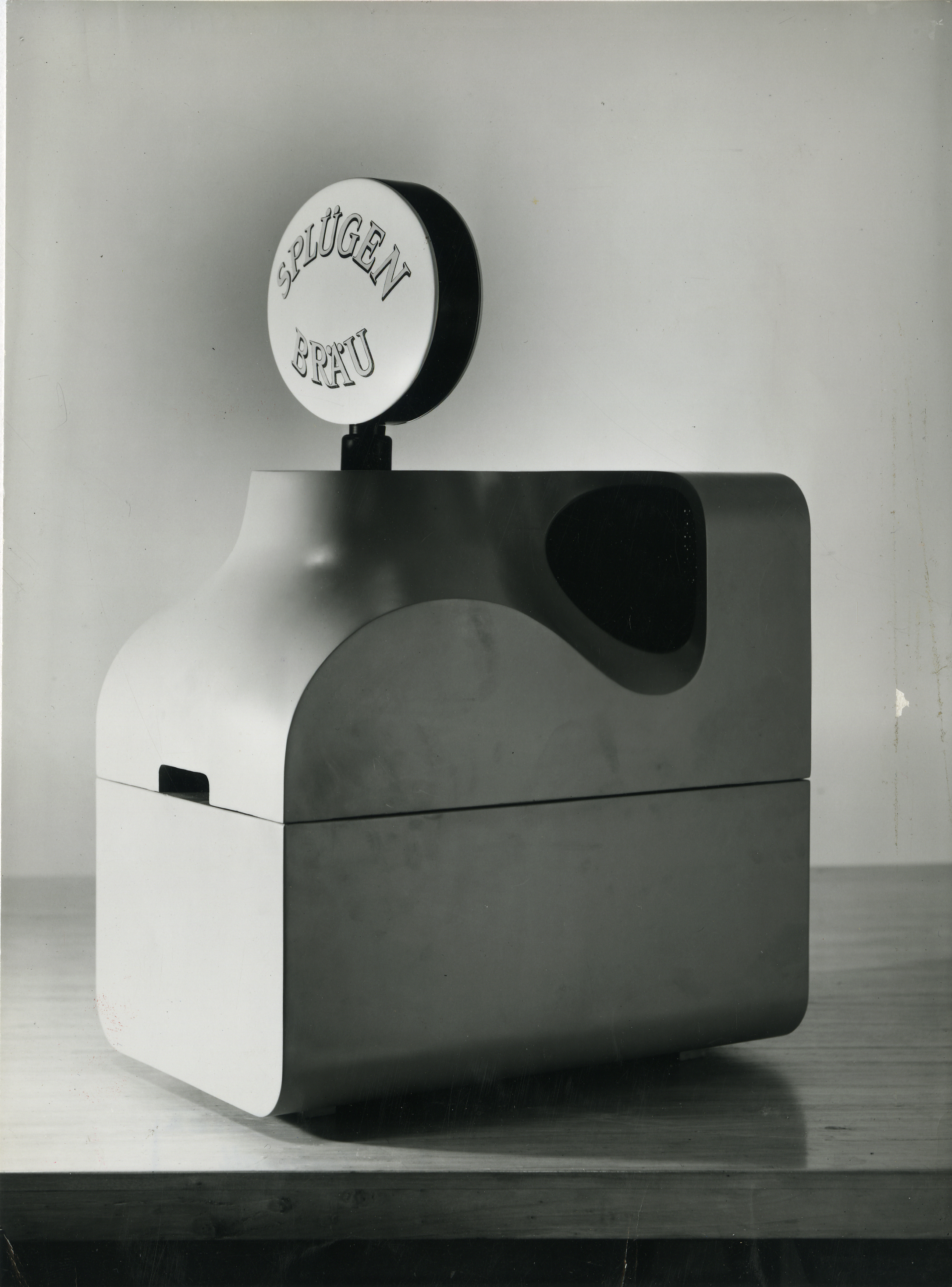
‘Spinamatic’ beer dispenser, 1964, Fondazione Achille Castiglioni
INFORMATION
‘A Castiglioni’ is on view at Triennale Design Museum until 20 January 2019. For more information, visit the website
ADDRESS
Viale Emilio Alemagna, 6
20121 Milano MI
Italy
Wallpaper* Newsletter
Receive our daily digest of inspiration, escapism and design stories from around the world direct to your inbox.
Laura May Todd, Wallpaper's Milan Editor, based in the city, is a Canadian-born journalist covering design, architecture and style. She regularly contributes to a range of international publications, including T: The New York Times Style Magazine, Architectural Digest, Elle Decor, Azure and Sight Unseen, and is about to publish a book on Italian interiors.
-
 The Subaru Forester is the definition of unpretentious automotive design
The Subaru Forester is the definition of unpretentious automotive designIt’s not exactly king of the crossovers, but the Subaru Forester e-Boxer is reliable, practical and great for keeping a low profile
By Jonathan Bell
-
 Sotheby’s is auctioning a rare Frank Lloyd Wright lamp – and it could fetch $5 million
Sotheby’s is auctioning a rare Frank Lloyd Wright lamp – and it could fetch $5 millionThe architect's ‘Double-Pedestal’ lamp, which was designed for the Dana House in 1903, is hitting the auction block 13 May at Sotheby's.
By Anna Solomon
-
 Naoto Fukasawa sparks children’s imaginations with play sculptures
Naoto Fukasawa sparks children’s imaginations with play sculpturesThe Japanese designer creates an intuitive series of bold play sculptures, designed to spark children’s desire to play without thinking
By Danielle Demetriou
-
 Eight designers to know from Rossana Orlandi Gallery’s Milan Design Week 2025 exhibition
Eight designers to know from Rossana Orlandi Gallery’s Milan Design Week 2025 exhibitionWallpaper’s highlights from the mega-exhibition at Rossana Orlandi Gallery include some of the most compelling names in design today
By Anna Solomon
-
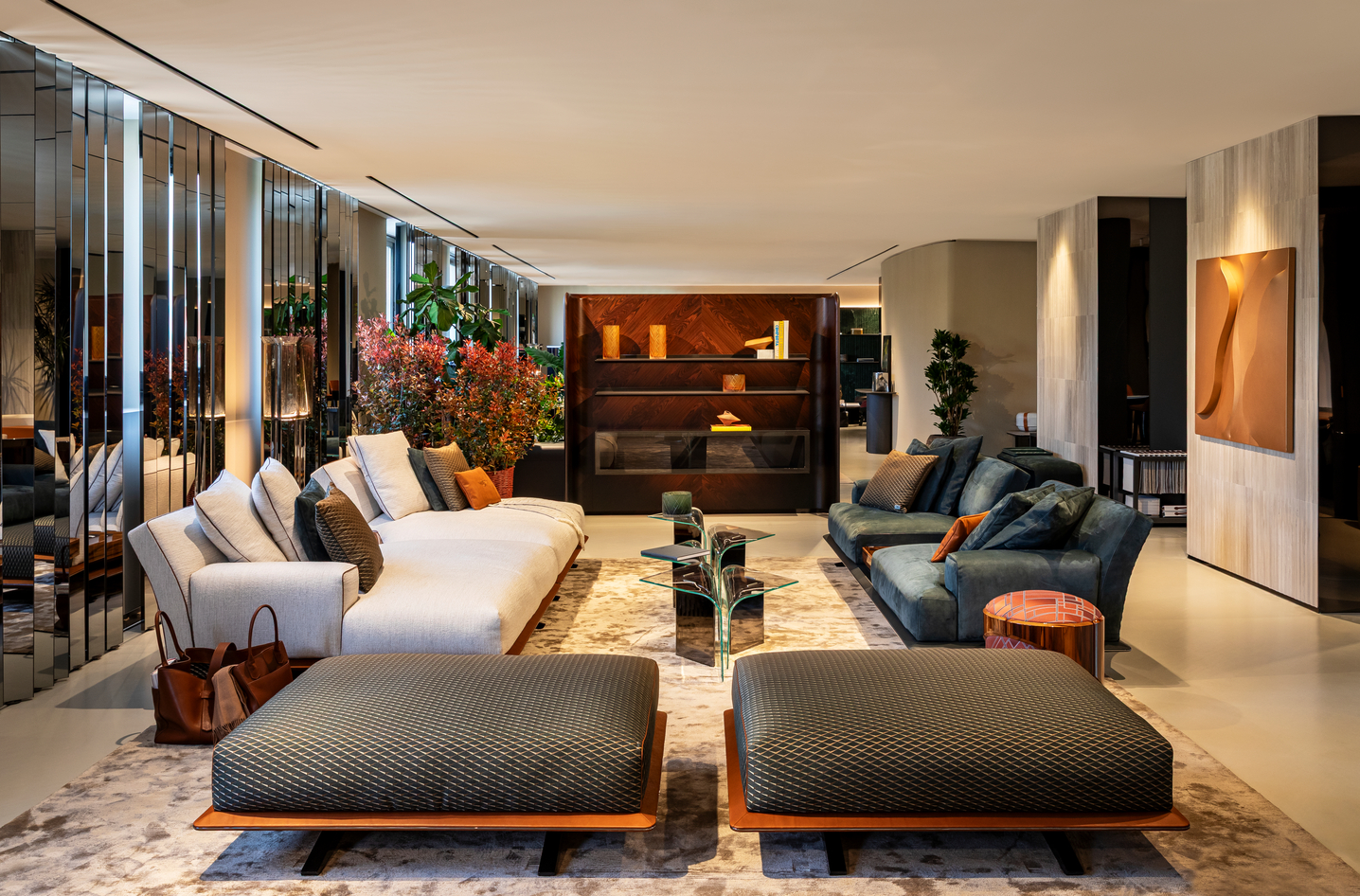 Bentley’s new home collections bring the ‘potency’ of its cars to Milan Design Week
Bentley’s new home collections bring the ‘potency’ of its cars to Milan Design WeekNew furniture, accessories and picnic pieces from Bentley Home take cues from the bold lines and smooth curves of Bentley Motors
By Anna Solomon
-
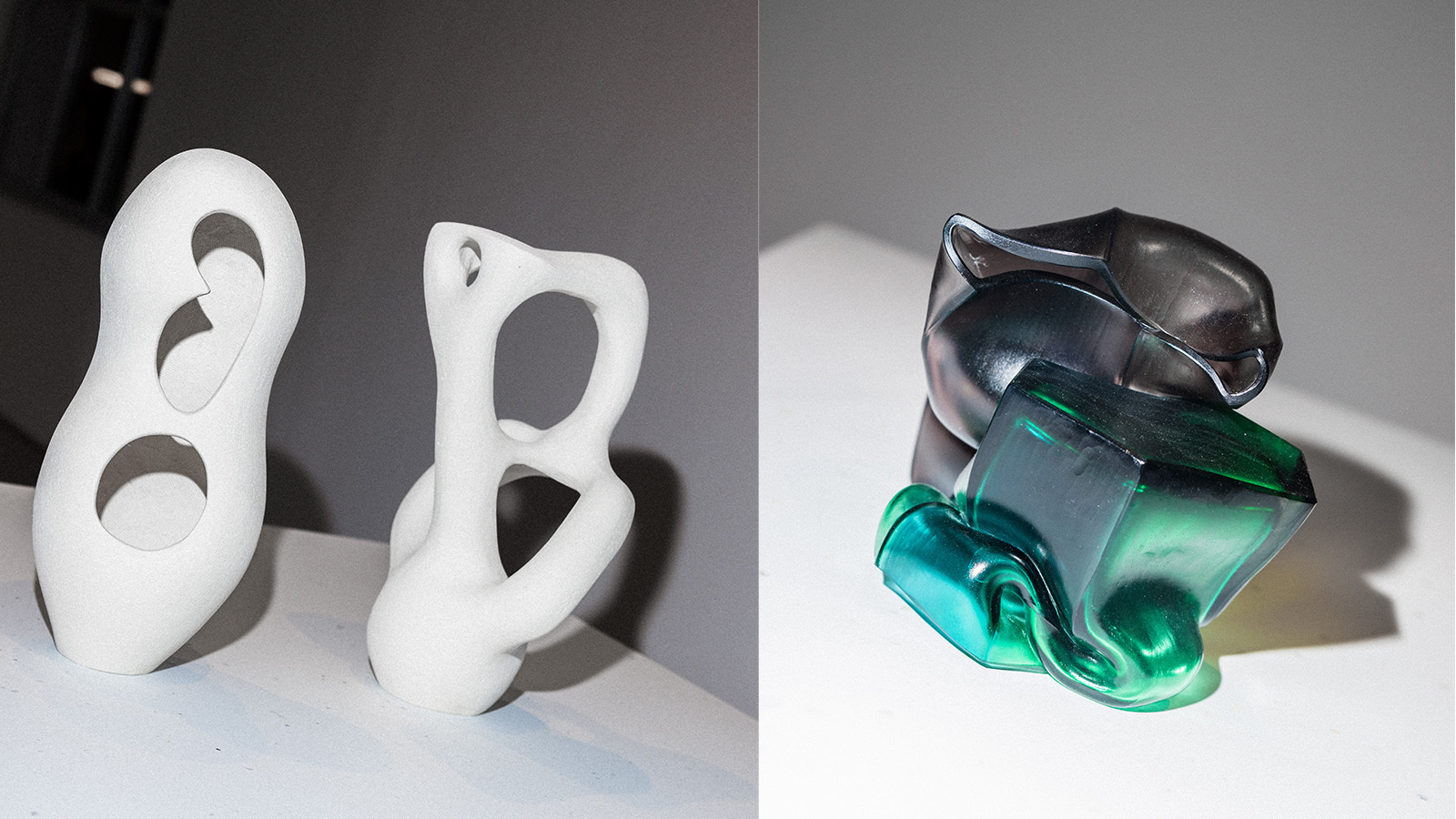 StoneX partners with Wallpaper* for material alchemy at Milan Design Week and beyond
StoneX partners with Wallpaper* for material alchemy at Milan Design Week and beyondThe natural stone purveyor teams up with Wallpaper* for a three-year partnership of material adventures, starting with an exhibition at Triennale di Milano
By Simon Mills
-
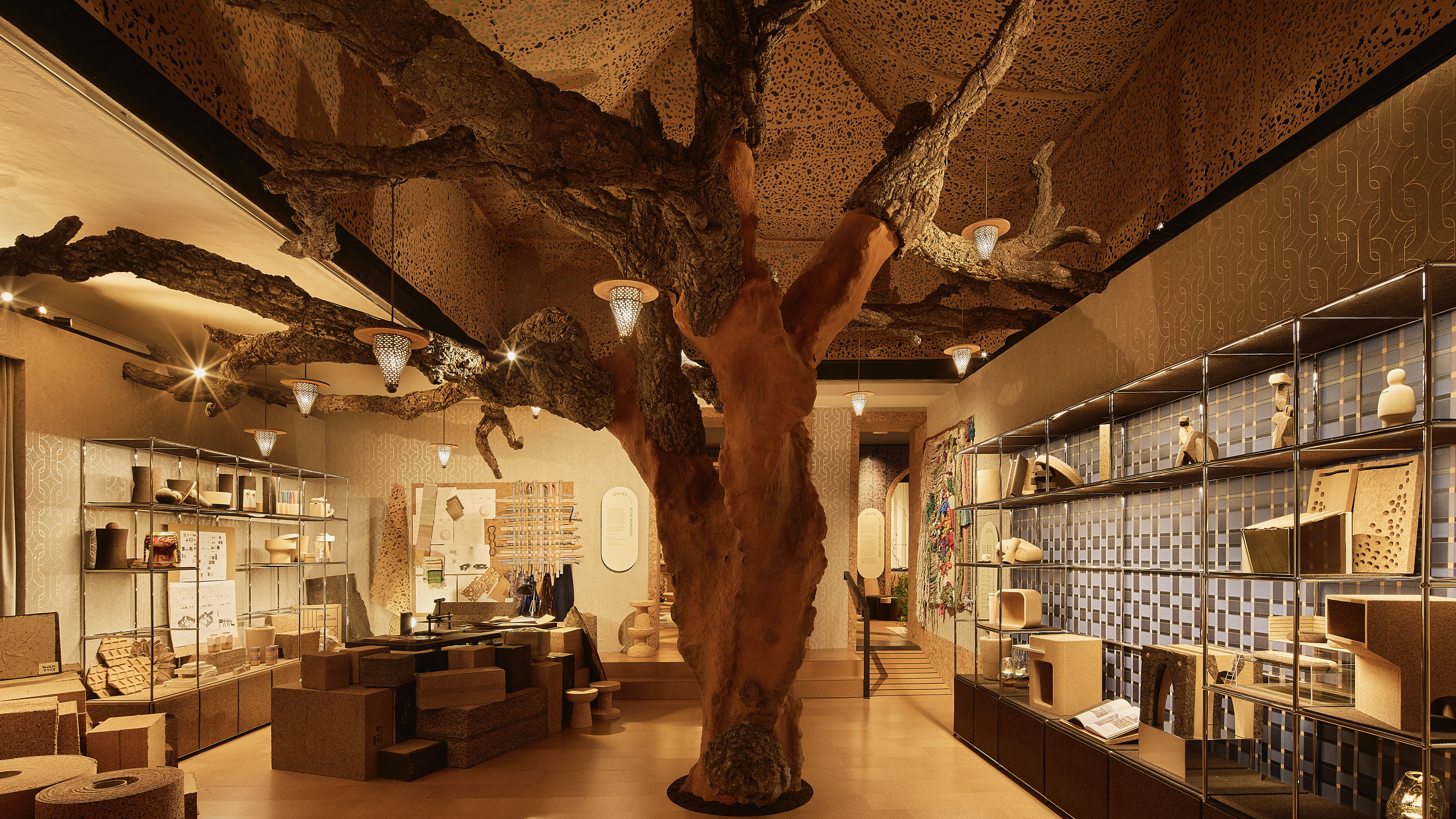 David Rockwell’s Milan Design Week presentation is a love letter to cork
David Rockwell’s Milan Design Week presentation is a love letter to corkRockwell Group’s Casa Cork installation showcases this under-appreciated material, which is infinitely recyclable and sequesters carbon for decades
By Anna Solomon
-
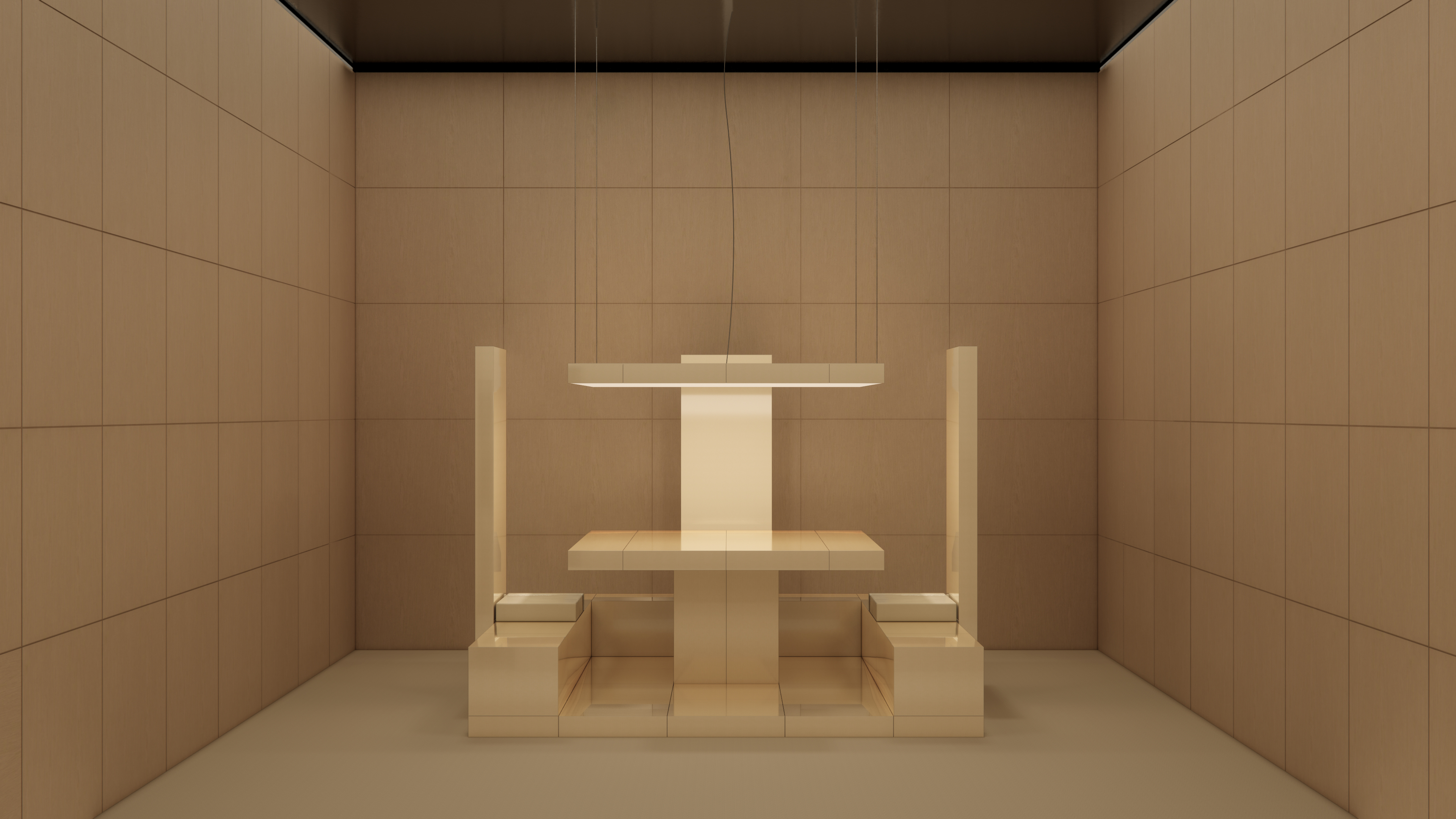 Emerging galleries to discover during Milan Design Week
Emerging galleries to discover during Milan Design WeekWallpaper’s Milan editor has the inside track on the younger design galleries coming to town
By Laura May Todd
-
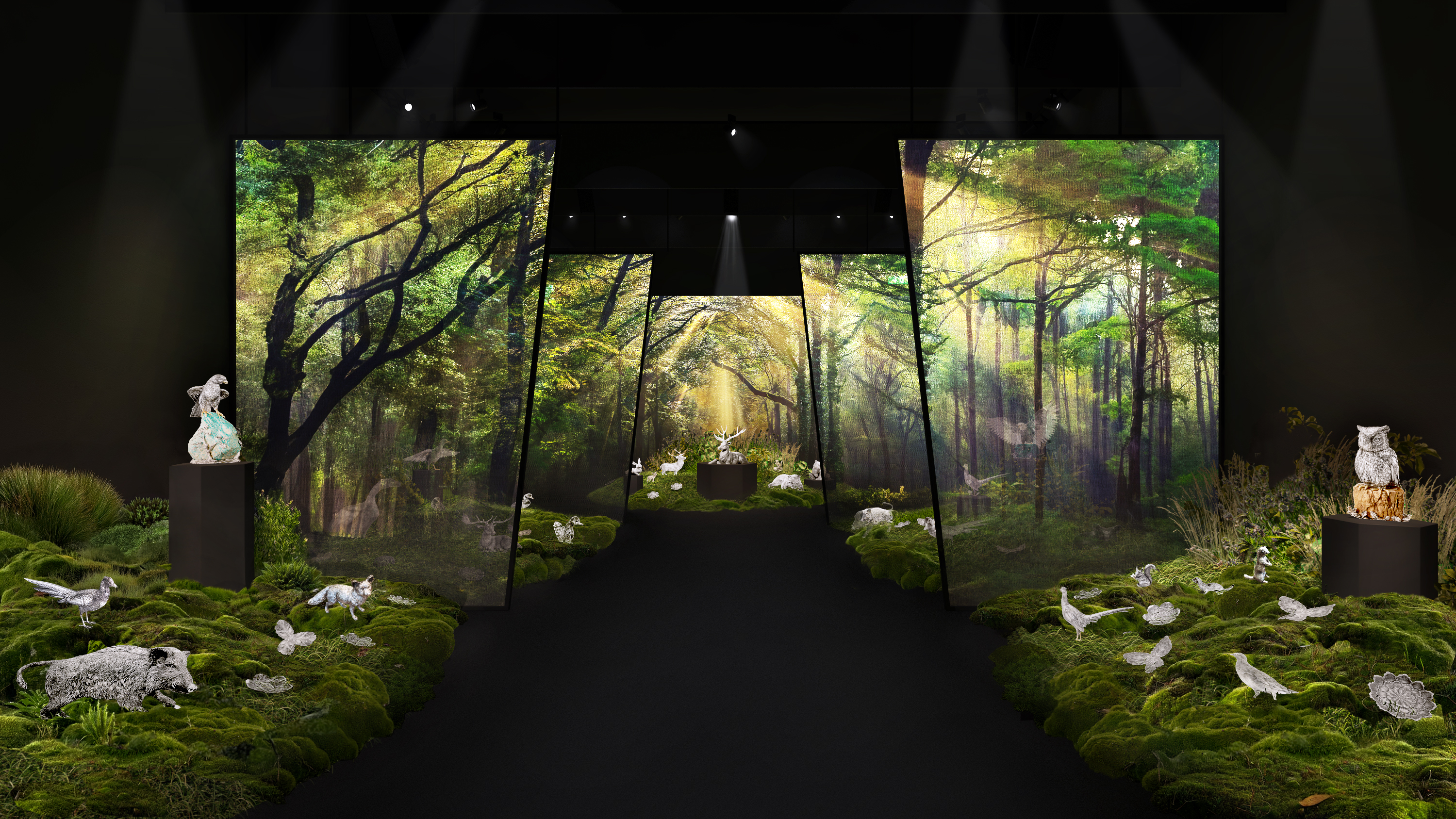 Buccellati brings the forest and Furry Animals to Milan Design Week
Buccellati brings the forest and Furry Animals to Milan Design WeekThe jewellery and silverware maison falls back on tradition for its Milan showcase, presenting its now-emblematic collection of intricately crafted creatures
By Laura May Todd
-
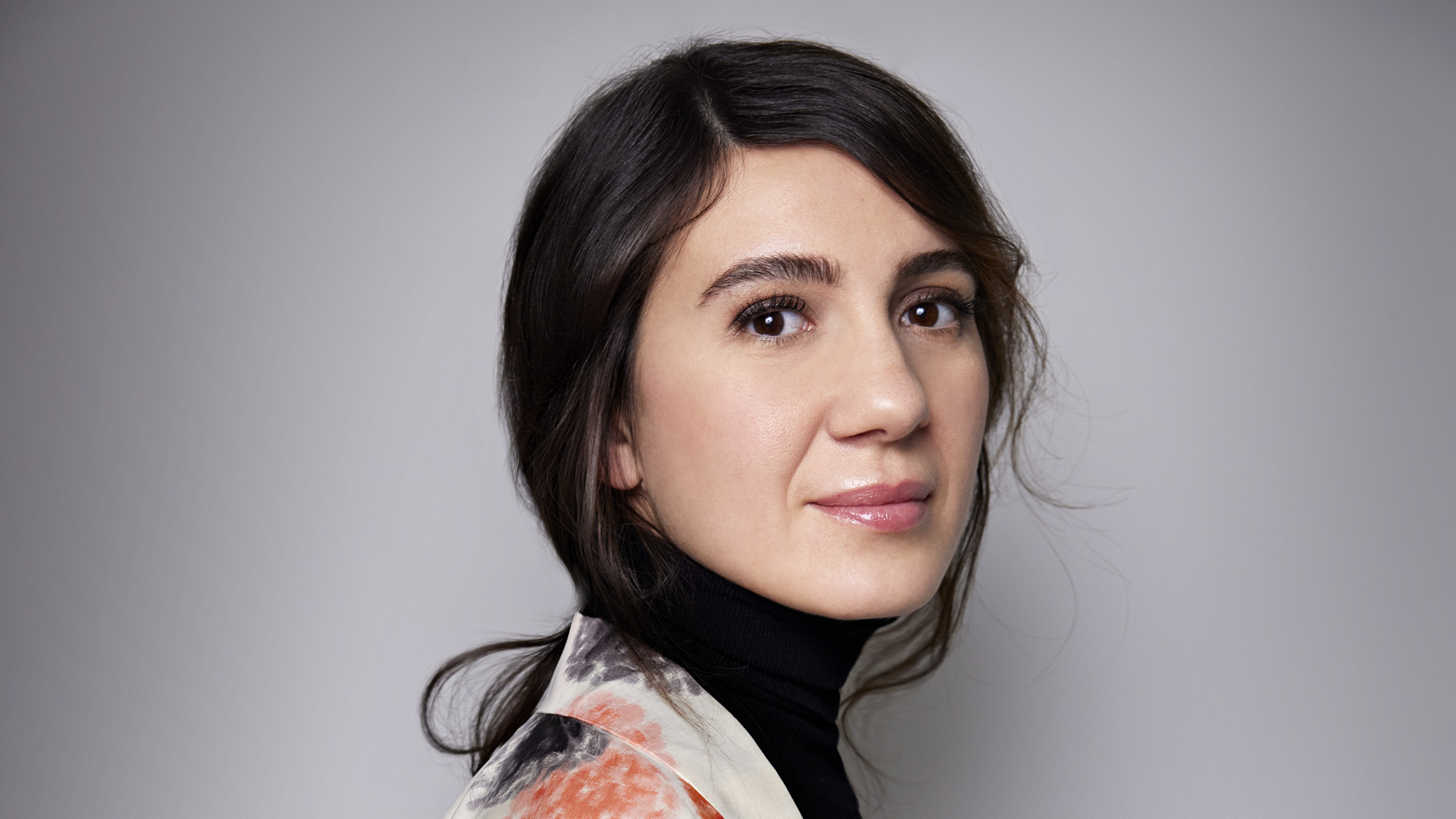 Where next for Salone del Mobile? Maria Porro on the future of the world’s biggest furniture fair
Where next for Salone del Mobile? Maria Porro on the future of the world’s biggest furniture fairAhead of Salone del Mobile 2025 in Milan, we sit down with its president to talk design, data and forging the event’s future in a fast-changing world
By Hugo Macdonald
-
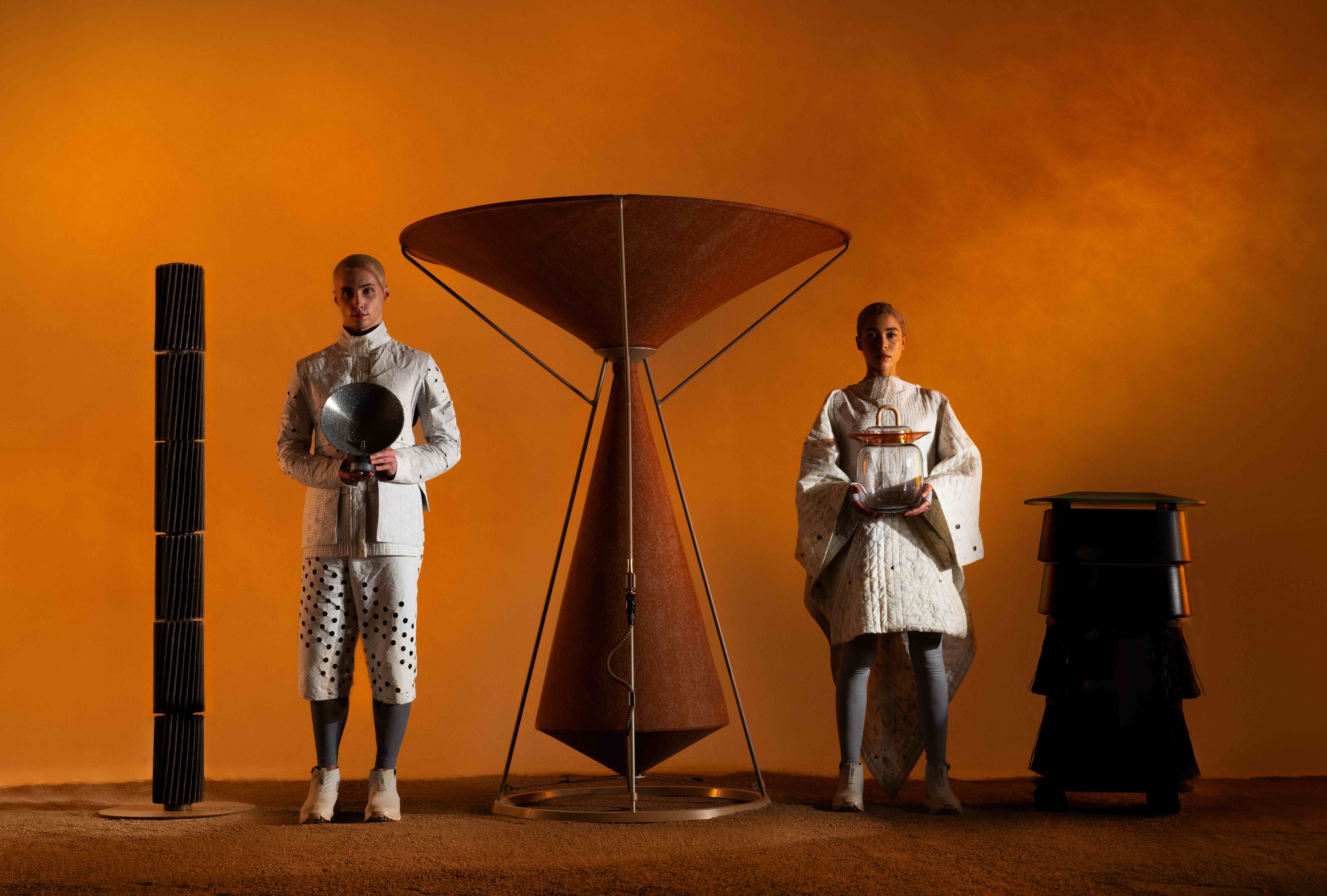 What to see at Milan Design Week 2025
What to see at Milan Design Week 2025A guide to some of the events the Wallpaper* team is checking out at Milan Design Week (7–13 April) – from public installations and major launches to standout venues and must-see exhibitions
By Hugo Macdonald